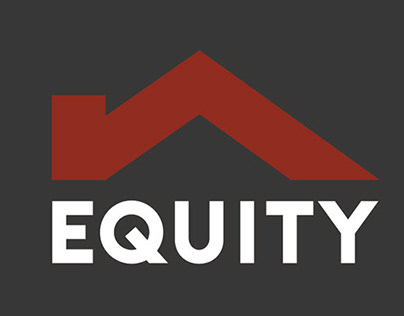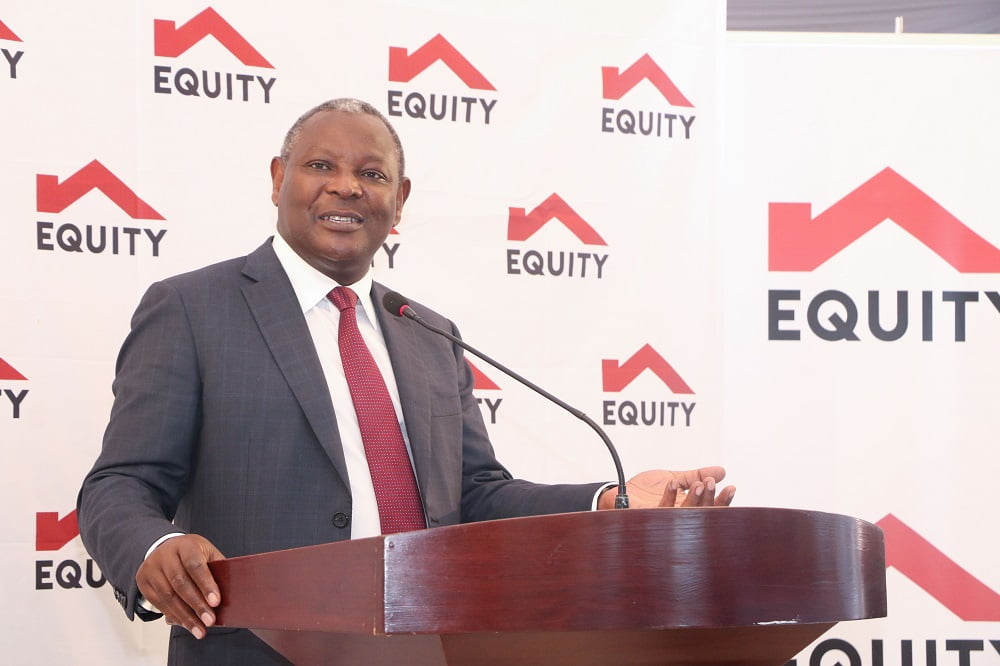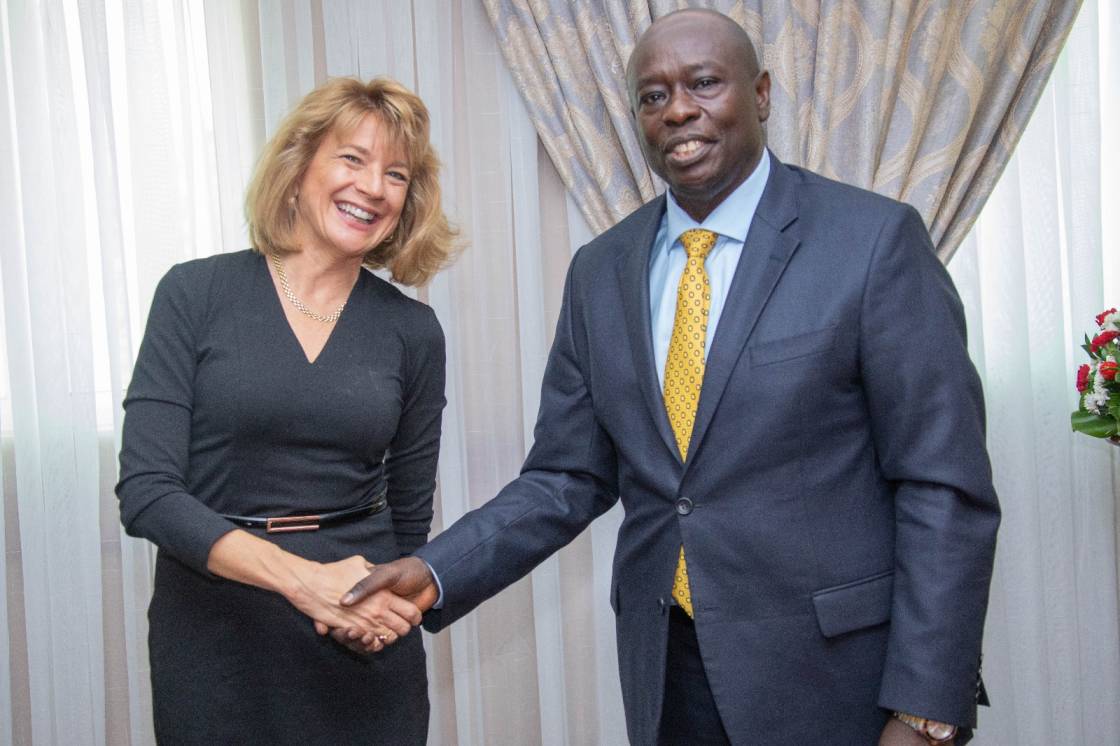Equity Bank Group CEO James Mwangi, widely recognized as one of the highest-paid CEOs in Kenya, recently shed light on the bank’s future leadership plans as he approaches the mandatory retirement age of 70, set by the Capital Markets Authority. Born in 1962, Mwangi, now 62, has transformed Equity Bank from a struggling cooperative into one of Kenya’s leading financial institutions since taking over as CEO in 2004.
Ceo Equity Bank James Mwangi Succession Plan & Collective Success
Succession Planning and Leadership Development
During the 20th Annual General Meeting, James Mwangi addressed the bank’s succession strategy, emphasizing that his eventual departure is not a concern. Mwangi has been proactive in building a strong leadership pipeline, ensuring that Equity Bank is well-equipped to continue its success without him. “Succession planning is about creating a team of competent leaders ready to take the helm, not just identifying a single successor,” Mwangi stated. He highlighted that the bank’s structure and talent pool are robust, ensuring smooth operations regardless of his presence.
Mwangi’s analogy of his role as an orchestrator, with the management team as the choir, illustrates his confidence in the bank’s leadership. He introduced several senior staff members who recently joined Equity Bank, showcasing the depth of talent within the organization.
Addressing Speculation and Ensuring Continuity
The question of who is the owner of Equity Bank often arises, but the institution’s strength lies in its collective leadership rather than a single individual. Both Mwangi and Equity Bank’s chairman, Isaac Macharia, reassured stakeholders about the bank’s future. Macharia emphasized that Equity Bank is much more than James Mwangi alone. “The group has a deep and wide bench. Equity is not just James Mwangi, and James Mwangi is not Equity,” Macharia said.

Declining a Hefty Bonus
In a notable display of leadership and solidarity, James Mwangi declined a substantial bonus he was eligible for in 2023. Despite meeting his Key Performance Indicators (KPIs), Mwangi chose not to accept the bonus because some subsidiaries did not meet their targets. “I declined my bonus out of sympathy for our subsidiaries that didn’t qualify. I believe that this year, we will all qualify,” Mwangi stated.
Performance Highlights
Equity Bank’s DRC subsidiary emerged as the top performer, contributing 32% of deposits and loans and 25% of the group’s profits. Mwangi attributed this success to the acquisition of Koja Bank in the DRC, which significantly expanded Equity’s balance sheet by 54%.
Institutional Commitment and Leadership Values
James Mwangi’s decision to reject his bonus underscores his commitment to Equity Bank’s collective success. As one of the most paid CEOs in Kenya, his gesture reflects his dedication to the institution’s holistic growth and the well-being of its employees. This principled stand highlights the values that have driven Mwangi’s leadership and the bank’s success.
The Future of Equity Bank
With eight years left until he reaches the retirement age, Mwangi’s primary focus is on solidifying the bank’s foundation for future success. The comprehensive succession plan aims to ensure that Equity Bank remains resilient and competitive. Mwangi’s leadership style, characterized by strategic vision and empathetic governance, sets a high standard for future leaders.
Conclusion
In conclusion, Equity Bank’s future looks promising under the solid foundation laid by James Mwangi. The bank’s robust succession plan, coupled with its deep leadership bench, positions it for sustained growth and stability, ensuring that it will thrive well beyond Mwangi’s tenure. This comprehensive approach to leadership and succession planning makes Equity Bank a standout institution in the Kenyan financial landscape.














